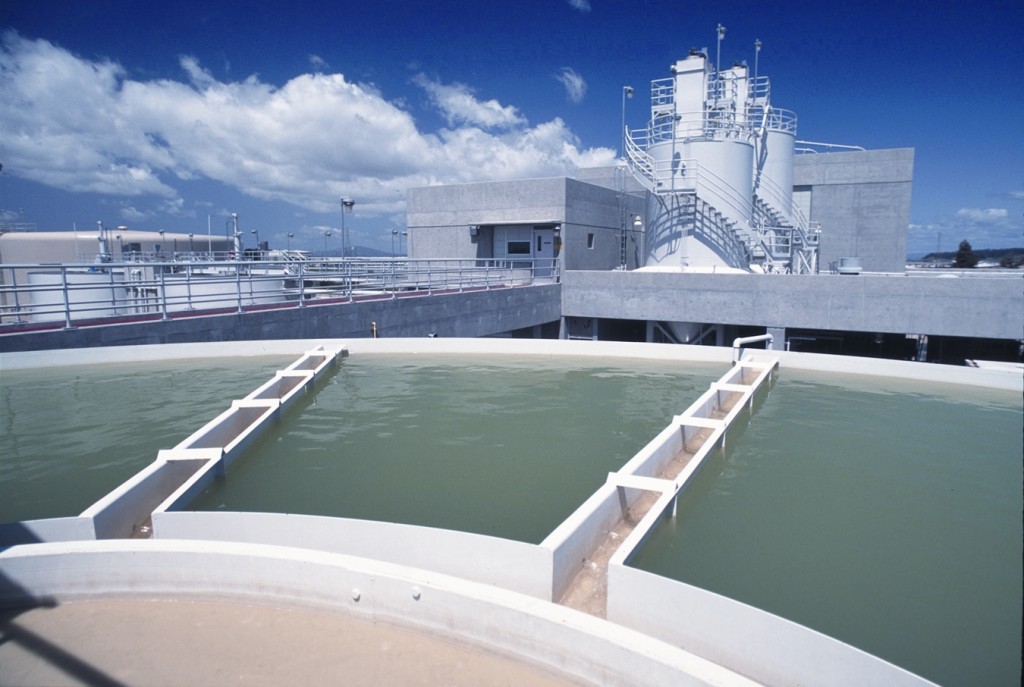- Treatment of produced water: potential application of forward osmosis - January 9, 2017
- Perspectives on Commercialization of Forward Osmosis Technologies - June 30, 2016
The “low-energy technology” brand of forward osmosis
Forward osmosis emerges with a brand of “low-energy technology”. This brand is indeed justified when merely considering the forward osmosis (FO) process and excluding the need to regenerate the draw solution. The potential of FO commercialization for those applications (which require no draw solution regeneration) is undeniable and thus can become the core market for FO commercialization in the near future. However, this condition exist only for niche applications, such as for fertigation (dilution of fertilizer from wastewater stream), osmotic dilution, etc. with limited scale (small to medium). It is important to explore other applications where FO is truly competitive and becomes the leading technology.
Osmotic dilution to reduce costs in seawater desalination
One scenario in which advantage of FO as low energy process used for osmotic dilution is for diluting sea water using wastewater/surface water stream (river water) in a reverse osmosis (RO) plant. It can be done when a stream of wastewater/surface water passes by a desalination plant located in a coastal area. Before fed into a pre-treatment unit, sea water is used as draw solution for an FO process to uptake water from a wastewater stream. This way, the FO process helps to dilute the salt in the sea water and thus will lower energy requirement for RO. As many large cities (Singapore, Jakarta, New York, etc.) are located in the coastal area, FO can play significant role in the future for sea water desalination under such setings.
Creating value from the low fouling propensity of forward osmosis based membrane systems
When there is a need to regenerate the draw solution, it becomes the major consumer of energy, irrespective of the types of draw solution. It is thermodynamically proven that the choice of draw solute cannot decrease the minimum energy for separation, as long as any pressure driven membrane is used for its regeneration. In other words, FO+RO consumes more energy than RO alone. This will underwhelm the potential of FO to compete directly with RO for desalination. However, it is worth mentioning that a significant part of the energy consumption in RO stems from the feed pre-treatment, which opens the possibility for FO+RO process to be competitive against pre-treatment + RO process. Here, the advantage of low membrane fouling propensity in FO can come into play.
Researchers have confirmed that FO has a lower membrane fouling propensity than RO. This advantage is fully utilized for FO+RO systems treating challenging feeds (high membrane fouling propensity). In this case, FO is used as pre-treatment and membrane fouling guard for the subsequent RO process. In this scenario, FO offers gains only in the case where FO is more competitive than other technologies for pre-treatment of RO.
To be competitive in more widespread applications, the applications of FO should be focused on the ones that maximize its advantage (superior anti-fouling properties). One potential case for this condition is for producing potable water from wastewater. A common process scheme for this is:
- Treating the wastewater (using activated sludge process or membrane bioreactor)
- Treating the effluent of #1 to meet requirements for #3
- UF or RO process.
Processes (1) and (2) are known to be energy intensive. For this application, the combination of (1) osmotic membrane bioreactor (osmotic MBR) and (2) RO can shorten the required steps (from three to two). FO (that is less vulnerable from fouling) can withstand a more sustainable operation in the osmotic MBR (in comparison to, let say traditional MBR) while the potable water can be produced during regeneration of the draw solution using RO.
The two-process scheme (osmotic MBR + RO) offers a better option in term of treatment of RO feed, but it requires extra energy to overcome osmotic pressure during draw solution regeneration. More detailed tests and analyses are required to assess the commercial potential of Osmotic MBR as RO pre-treatment. Nevertheless, it demonstrates how FO-based processes can be fit into various process schemes in combination with an evaluation of technological advantages. Indeed:
FO should not only be seen as an independent process, but rather as being part of process series.
Future outlook for forward osmosis commercialization
Above, I demonstrate a few scenarios where FO can fit into existing process series and improve energy efficiency. As is the case with almost all technologies and process operations, a particular technology is more competitive than the others only under certain circumstances. This condition is also applicable for FO. We cannot expect a technology to be superior in all possible applications. The key is then to find the conditions when its advantages can be exploited. I believe more conditions will be revealed in the near future in which FO technologies can play important roles on an industrial scale.

